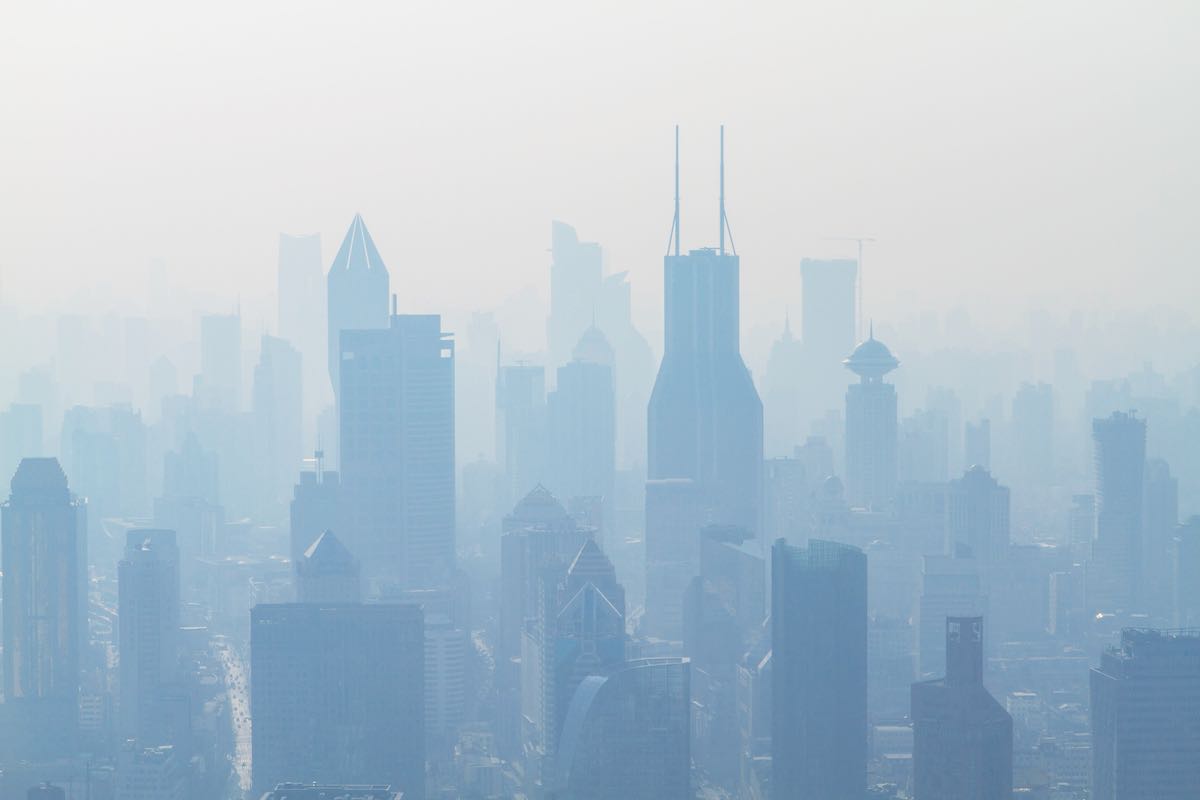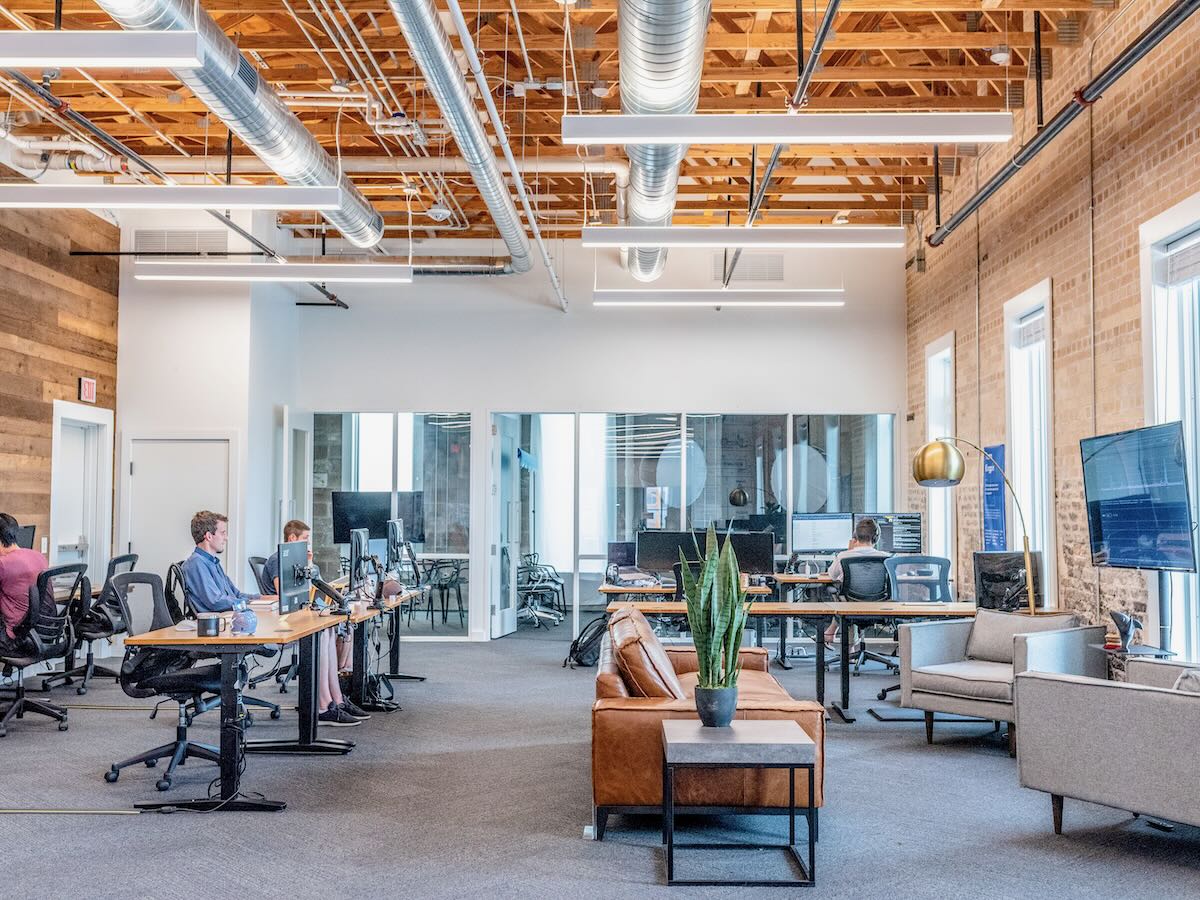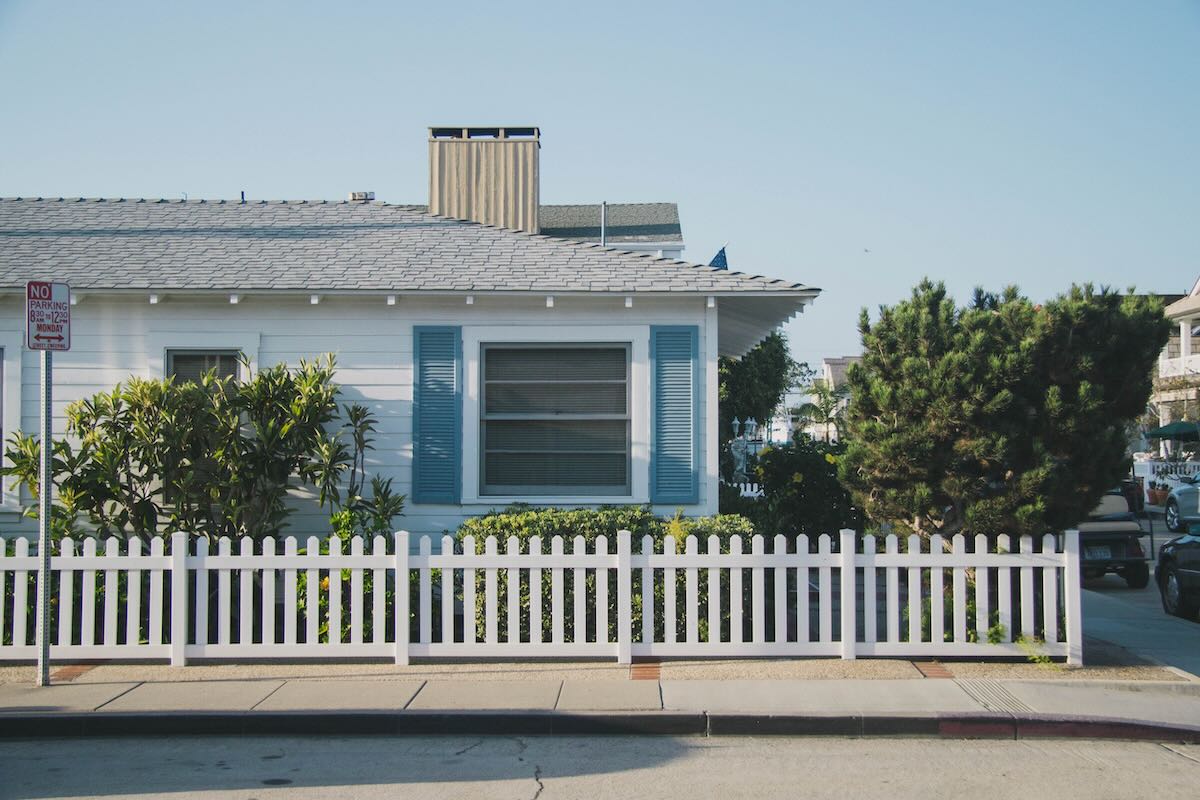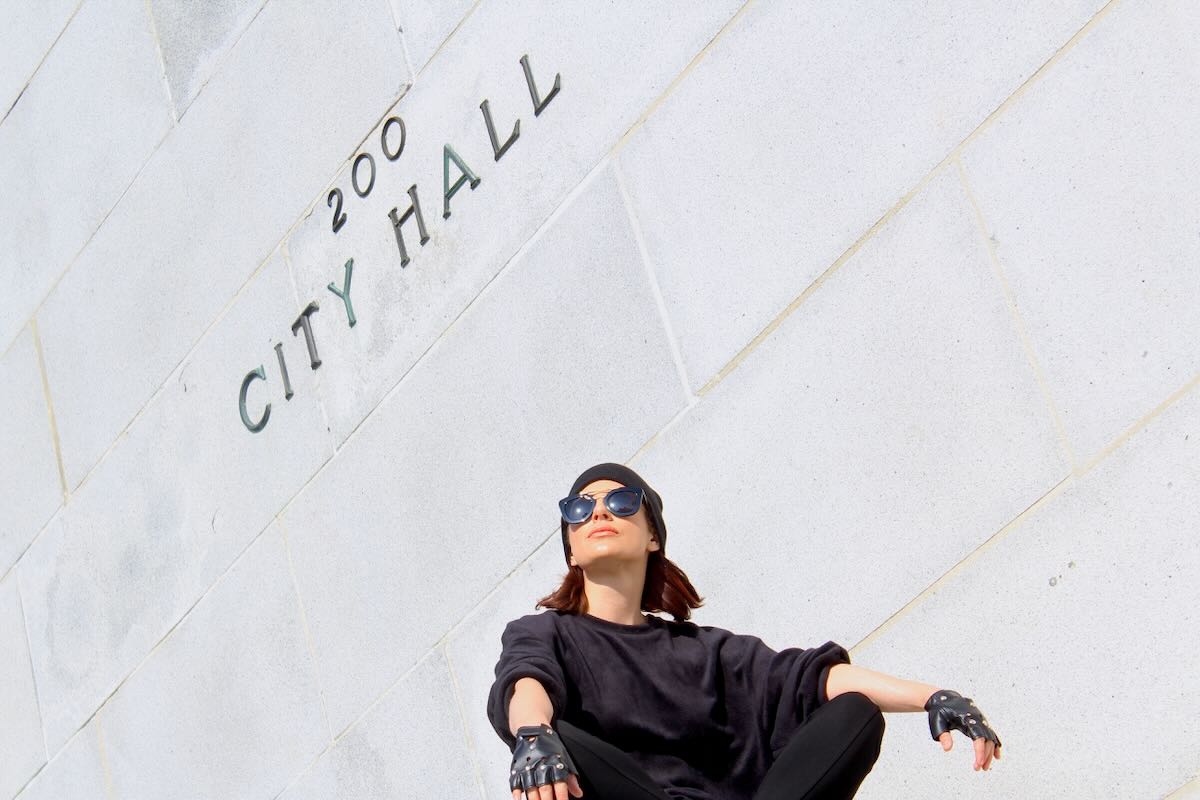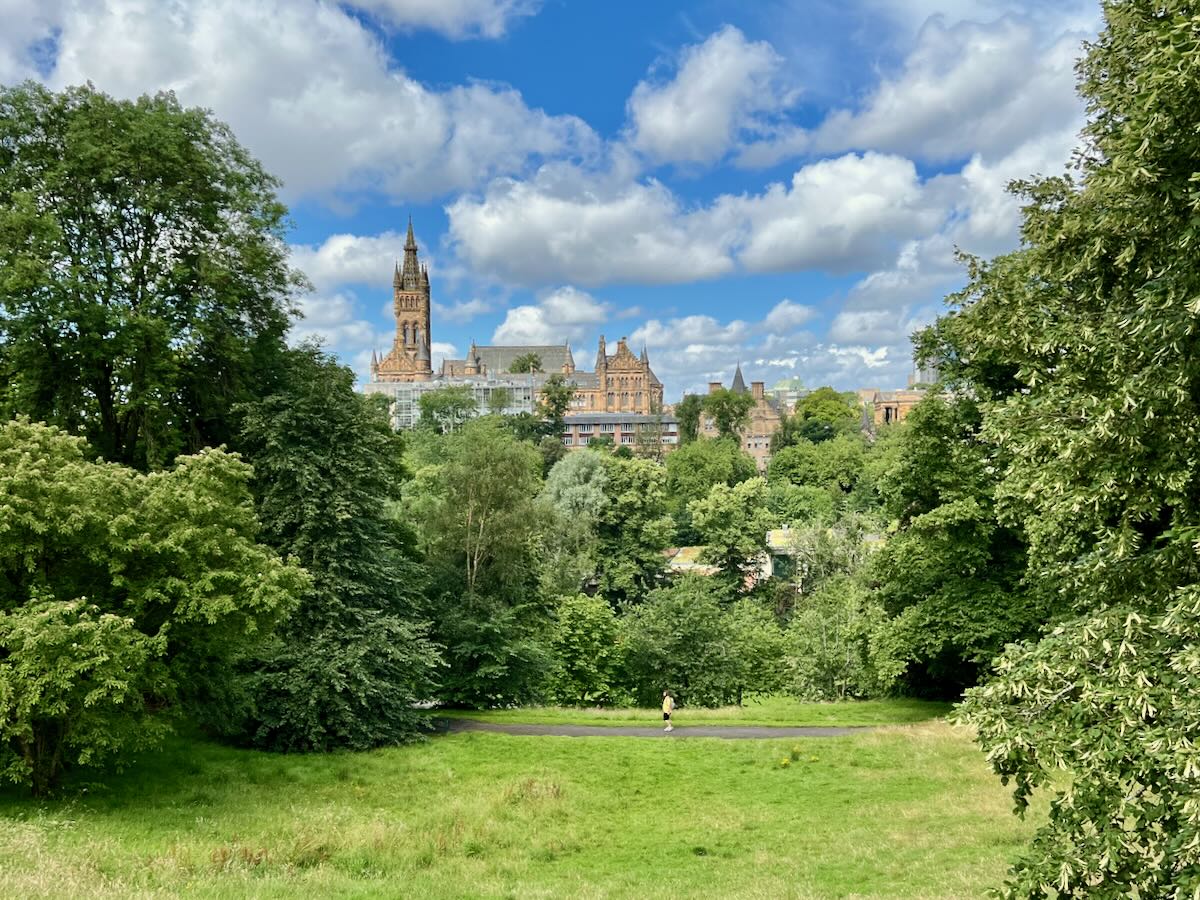Street Competition 2, Issue 30
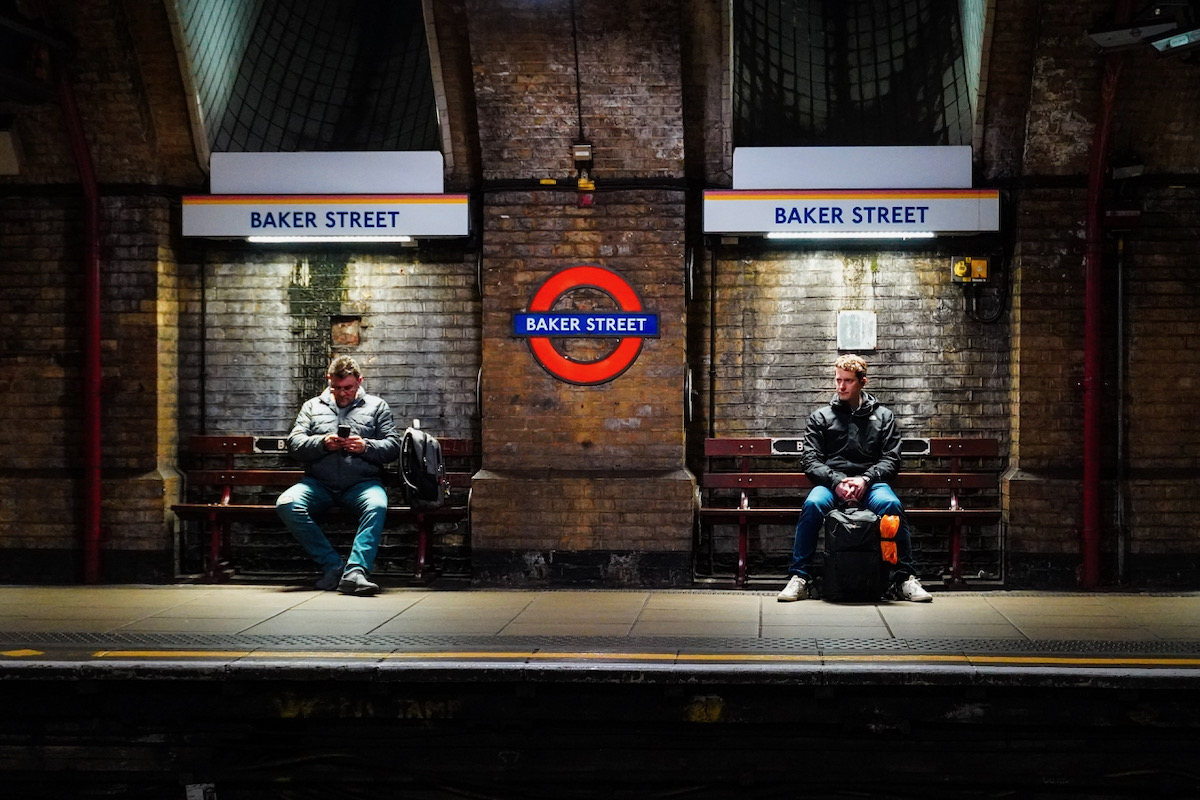
I don’t know how to unravel the complex web of issues that impact the use of Street Space. Consider all of these contradictions in a recent Fast Company Magazine in :
Before the pandemic, roughly two million people rode London’s subway system every day, often packed on crowded cars at rush hour. As the city tries to figure out how workers can safely commute when more businesses reopen, it wants people to avoid public transit when possible—but not to switch to driving. To help make it easier to bike and walk to work, the city is creating a massive car-free zone in the centre of the city.
The issues raised in one short paragraph
- The future of public transit
- Too many cars
- Safe commuting
- Space for people and all forms of active transportation
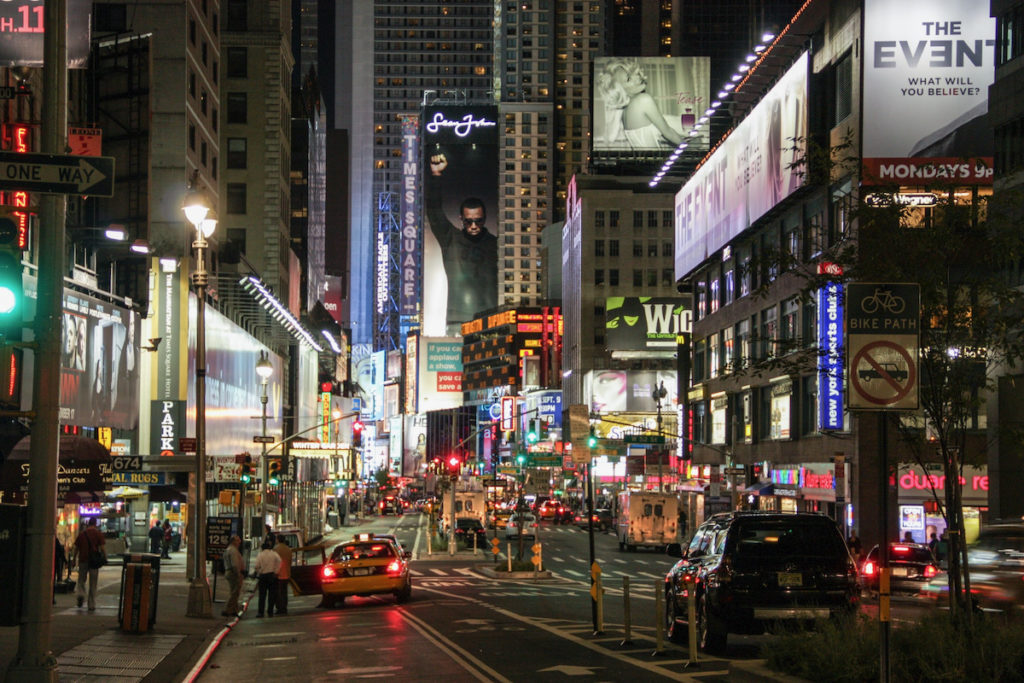
Street Space – the total area occupied by roadways, roadside parking, bicycle paths, and sidewalks.
Parking Woes
Consider these two paragraphs from Planning:
The National Association of City Transportation Officials estimates that at least 100 U.S. cities have created curbside pickup zones for restaurants, according to spokesperson Alex Engel.
Even before the pandemic, cities already were exploring ways to transition hourly meter spaces into loading zones, says Anne Brown, an assistant professor at the University of Oregon who studies parking and transportation policy. “COVID has accelerated the degree to which cities have already been thinking about ways to change parking,” she says.
Then, some relevant excerpts from an article from the January 5 New York Times:
Last spring, as the pandemic engulfed New York City, people dealt with shortages of basic goods like toilet paper, paper towels and hand sanitizer. But a surge in car sales — propelled in part by people leery of public transit — has created a new pandemic-induced shortage: parking spaces.
Across New York, drivers complain that free street parking has become increasingly scarce after people who drove away for the summer returned, outdoor dining took over roughly 10,000 parking spaces, and car ownership soared. …..
Do active transportation activists care?
Advocacy groups for mass transit and bicyclists don’t offer much sympathy. They say the pandemic has underscored the need to shift priorities over who has claim to the streetscape.
There is one tongue-in-cheek conclusion: developers that have unsold parking in their projects, send this NYT article to owners and potential buyers. They may have just bought a car. More seriously, the Planning and the NYT articles demonstrate the conflict caused by all of the rapid changes to the use of Street Space.
Temporary ???
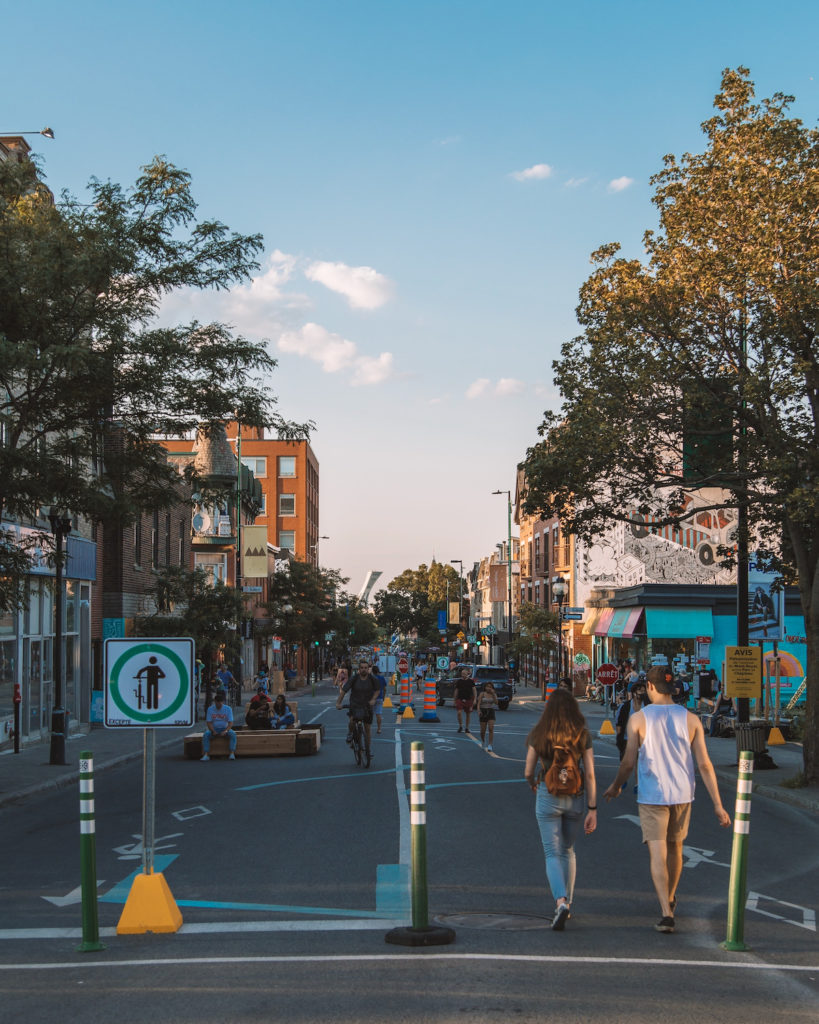
Now, Cities around the world intend to make Covid-inspired changes to Street Space usage permanent:
- Seattle made 20 miles of streets traffic-free during the pandemic—now it’s making them permanent
- Paris shut down the Rue de Rivoli, a major city artery and turned over the majority of its road space to cyclists. That change is now going to be permanent.
- Other cities that contemplate making Covid changes permanent include: Milan, Bogota, Auckland, Minneapolis, San Francisco,New York City, and Oakland.
- Kristyn Wong-Tam , councillor Toronto Centre, opines that Toronto’s main streets will become European-style pedestrian hubs. ( August 19 Toronto Life )
- In a US News article of January 4, 2021, Anne-Marie Broudehoux of the Université du Québec, posits that at least some of the pandemic-related restrictions on car space will be permanent.
Pushback
There has been significant pushback on the rapid re-assignment of public spaces that have been designed for the automobile. However, cities and communities are using the coronavirus event as an opportunity make long desired changes rapidly. While I agree with the overall objectives and direction of cities to radically reduce the importance of the automobile, this is not something that happens overnight. It has taken years of planning and construction to make Copenhagen the world’s active transportation capital.
As recited in issue 27, Denmark is not a country of cyclists but a country of Danes on bikes as that is the safest and most efficient way to get from A to B.
The usual reminders:
- Buy better, buy less, reduce, repair, reuse and recycle
- Shop local, support local businesses, buy from local farms, and support local artisans and manufacturers
- Wear face masks where required, wash your hands, practice social distancing, hydrate, and exercise
